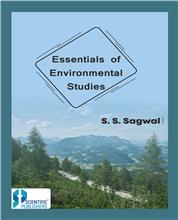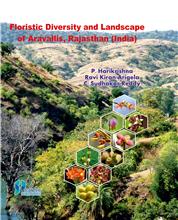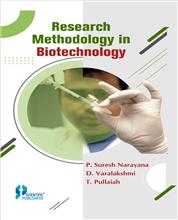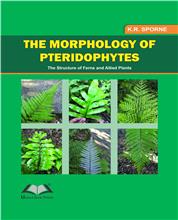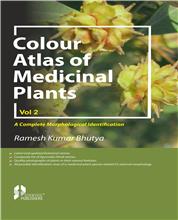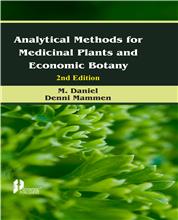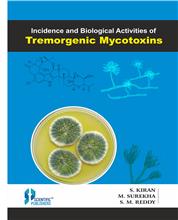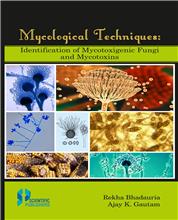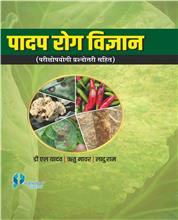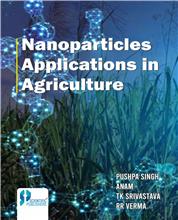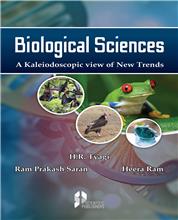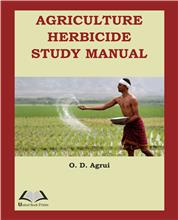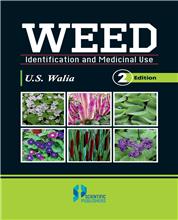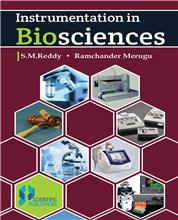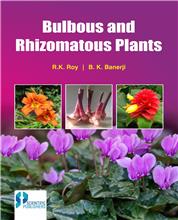This book - Allelopathy: The Influence of one Plant on Another . This is the first English translation from German language, of this first book on allelopathy. It was translated because English is read in most Countries of the World, hence, the allelopathy scientists would be able to know the original researches of Prof. Hans Molisch The Father of Allelopathy . It is hoped that this book may provide inspiration for more research in this potential field, which provides basis to Sustainable Agriculture. This book consists of 9 chapters viz., Historical background, Influence of fruits on growth and other processes, Allelopathy experiments done by Prof. Molisch, Role of inhibitory substances in plant kingdom Germination stimulatory/ inhibitory substances, Major findings, Literature cited, subject index and Appendices.


